The book contains 48 chapters, in the Hahnemannian schema – from Mind and Disposition through Fever and ending with "Stages of life" and "Relationship with other drugs." At about Chapter 40 Hering interspersed several chapters on Relation to Time and Relation to Space – i.e., moving, standing, changing place, etc. Section 43 is called "Sensations Classified" and has a two page index. He uses four signs based on Bonninghausen’s four degrees: Observed on the healthy; Observed often and repeatedly; Applied successfully with the sick; Applied very often and repeatedly. A book filled with interesting information by the father of American homoeopathy. Hering’s inclusion of categories such as "Relation to space" gives us an invaluable insight into what he looked for in a case. As previously mentioned, writing by Hering is rarely seen, so the lengthy introduction to this work is well worth reading and gives us a view into the thinking of one the grand minds in homoeopathy.
Analytical Repertory of the Symptoms of the Mind
$12.60
$14.00
In stock
Free & Quick Delivery Worldwide
All orders amounting to US$ 50 or more qualify for Free Delivery Worldwide. For orders less than US$ 50, we offer Standard Delivery at $14 per book.
ABOUT THE AUTHOR Constantine Hering
Constantine Hering, MD, the "father" of American homeopathy, was born on January 1, 1800 in the the town of Oschatz within the electorate of Saxony (now in Eastern Germany). He grew up in a religious household. In 1817 he attended the Surgical Academy of Dresden for three years and from 1820 he studied medicine at Leipzig University. While at Leipzig he was the student-assistant of a Dr Robbi, an antagonist of homoeopathy. Robbi was approached by a local publisher to write a book about the homoeopathic "heresy" but referred the publisher to Hering because of his own lack of time. Hering enthusiastically pursued this task, studying the writings of Hahnemann, repeating provings, and undertaking other practical experiments as part of his research. During this period, Hering received a dissecting wound that became inflamed and infected. He was advised to have his hand amputated but sought homoeopathic treatment and recovered. As a result of the evidence from his own investigations, Hering transferred his allegiance. But instead of writing the negative review, he immediately quit the job and left the University to become one of the most influential proponents of homeopathy of all time. Hering graduated from the University of Liepzig (in 1826). In his doctoral thesis titled, "On the Medicine of the Future", Hering declared himself to be a homoeopath. In the years of 1827-1833, Hering was sent to Paramaribo, Surinam by his King (of Saxony) where he conducted Zoological and Botanical research for his government. Soon after, the King attempted to prevent Hering from publishing his prolific homeopathic findings, but instead, Hering resigned the post and became the Physician-in-Attendance for the governor of Surinam's capitol, Paramaribo. Hering began focusing his attention on the discovery of new homeopathic remedies, the attenuation's and freshly quilled-data of which he would send, by sea, to Hahnemann in Paris, and to Stapf, his friend and publisher in Germany. Hering accidentally proved the remedy Lachesis while he was triturating the Bushmasters venom in his home-laboratory in Paramaribo. He was attempting to find an improved substitute for the cowpox inoculation that Jenner was developing in Britain, which Hering felt was extremely dangerous and very heavy-handed for homeopathy. His interest and experience with snake venom led him to surmise that the saliva of a rabid dog, or powdered smallpox scabs, or any other disease products, viruses, or venom's, might be prepared in the new Hahnemannian way to give a fail-safe method of curing disease. In this manner Hering unwittingly became the first in the Isopathic movement (eventually, he also unwittingly paralyzed his right side from further self-testing or "prufung" of higher and higher attenuations of Lachesis). Hering stayed in Paramaribo for six years then emigrated to America and settled in Philadelphia in 1833. In 1848 he chartered the Hahnemann Medical College of Pennslyvania which is still considered to be one of greatest homeopathic teaching institutions of all time (next to Kents Post Graduate School) and devised the Homoeopathic Domestic Kit. There Hering and his students treated over 50,000 patients a year and trained a total of 3500 homeopaths. Hering began organizing his voluminous notes into his still popular classic The Guiding Symptoms of Our Materia Medica the year before he died, in 1879, and it was completed by his students and published posthumously in 1891. Hering was the first to use nitroglycerine in medicine for headaches and heart problems (30 years before its first use in orthodox medicine). It is an irony that he himself suddenly died one evening of a heart attack after returning from a house call to a patient. This was on the 23rd June, 1880. Constantine Hering is widely known as "The Father of American Homeopathy" and was profoundly revered by his contemporaries. His influence extended across the larger part of the USA for the best part of the 19th century with the result that homoeopathy flourished in that country for about 70 years. The motto he carried throughout his life was, "The force of gentleness is great.
reviews
0 in total
Review by Anonymous
Be the first to review “Analytical Repertory of the Symptoms of the Mind” Cancel reply
You must be logged in to post a review.
Bibliographic information
Title
Analytical Repertory of the Symptoms of the Mind
Author
Edition
2nd ed.
Publisher
ISBN
817021551X
Length
360p., Index; 22cm.
Subjects
more by Constantine Hering see more
The Guiding Symptoms of Our Materia Medica (In 10 Volumes)
A 10 volume treasure. It is ...
$270.00
$300.00
similar bookssee more
Debates in Indian Philosophy: Classical, Colonial and Contemporary
Debates in Indian Philosophy ...
$23.40
$26.00

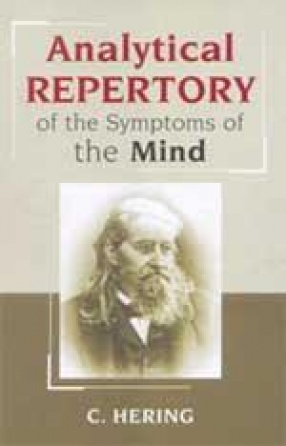
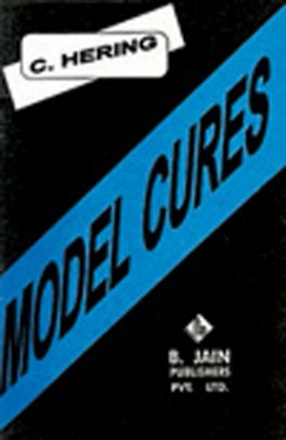
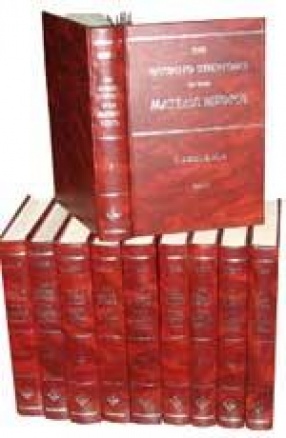
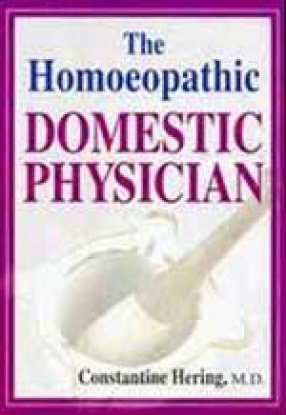
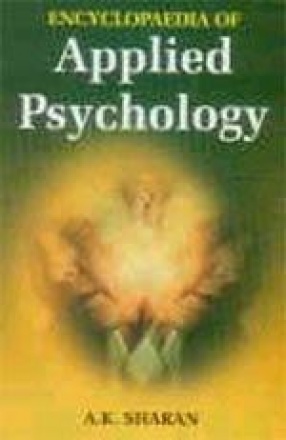
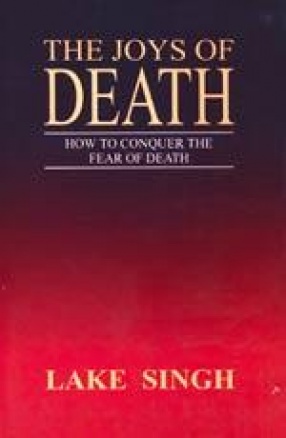
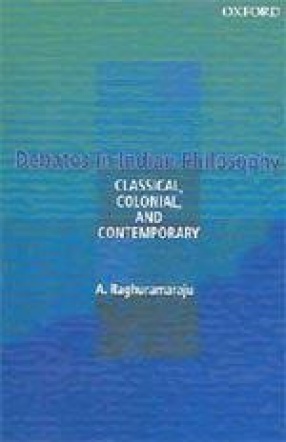
There are no reviews yet.